We understand the difficulties in building a great business. You create a competitive advantage through excellent business practices. But the insurance system acts like a handicap on your efforts.
Will my usual insurance coverage cost the same?
Probably, your risk is priced at a fair and standard market rate, just as it is in the general insurance market.
Although each client is underwritten individually and premiums vary depending on the nature of the risk and claims experience, the goal is to maintain your existing market rates and achieve as much price stability as possible at subsequent renewals.
What if I need limits beyond what’s available with RE-PAID?
Any limits that you need for property, general liability, workers’ compensation and auto that are in excess of limits in the program are underwritten and purchased in the general insurance marketplace.
Will I get standard insurance policies?
You’ll get insurance policies from AM Best A-rated carriers. For worker’s compensation and auto, you will get standard admitted forms. For general liability and property, you will get ISO non-admitted excess and surplus lines policies. The ISO form is standard within the US insurance market. The policies will include the wording and endorsements to give you the coverage you need.
Who sets up my captive?
You appoint a captive manager to set up and run your captive for you. Don’t worry if you don’t already have one, we can help you find the right fit.
Your captive manager will help you through the setup process and provide the ongoing management the captive needs, so you can continue to focus on your business as you do today.
What are the costs involved in owning a captive?
If you don’t have a captive already, your captive manager may charge a one-time fee to have the captive formed and licensed. This is in addition to the insurance premium you pay.
Annual expenses to run your captive are deducted from the premium paid to your captive. So, effectively, they’re taken from the insurance premium you already pay for your policies.
Although actual costs will vary by captive manager, as a benchmark, total formation fees and total annual operating expenses are typically about $40,000 each.
Do I need to put up collateral?
Yes, your captive will need to have enough assets to cover expected claims and provide security to the carriers that issued your policies.
Collateral is usually only 1.25x the amount of premium your captive gets paid back. Although it can increase with significantly adverse claims, this is set based on the current year’s premium your captive receives – it doesn’t stack year on year.
Does the collateral need to be put up as a letter of credit or can It be cash?
You can post cash or use a qualified bank to issue a letter of credit as security.
With good future loss performance, your captive should be able to collateralize the transaction all by itself with future profits, eliminating the need for the original security posted.
Is any other capital required?
Maybe, the amount of capital you need depends on the captive manager you choose and where your captive is located, and it is set by the regulator. it varies from being only the collateral you put up, to perhaps as much as $250,000, so it’s important to choose the location of your captive wisely.
What happens if my claims reduce my capital?
If your claims exceed the number of premiums and retained profits in your captive, and you use your capital to pay them, you’ll then have to replenish it.
How do I manage my own claims?
US-based lawyers and claims managers across 50 states will be yours to work with. They’ll manage claims efficiently, from first notification through to settlement.
They combine market expertise with analytics, well-calibrated KPIs and technology tools to deliver precise, controlled, and measurable results.
If you use preferred specialist attorneys, you can request that they be approved.
How does my captive make a profit?
Underwriting risk in a captive involves exposure to the risk of loss, as well as the opportunity for underwriting profit.
Depending on the type and amount of risk it takes, your captive gets up to 50% of your insurance premiums. Your captive then pays for its share of your claims, and its operating expenses.
If claims and expenses are less than premiums received, the difference is your profit.
You can work with your investment manager to earn an additional rate of return on the profit your captive retains
Can I do other things with my captive?
Absolutely, you may choose to cover additional risks within your captive.
Your captive manager will guide you through the development and pricing of any additional coverages outside RE-PAID.
How do I get my money out?
Although it’s typically recommended that you let your captive accumulate profit for the first two or three years prior to taking a distribution, as you own the captive, it’s up to you if, and when, to request a distribution from your captive insurance regulators.
This request goes via your captive manager. The regulator reviews it and, if your captive has enough profit, approval for the distribution typically takes just a few weeks.
